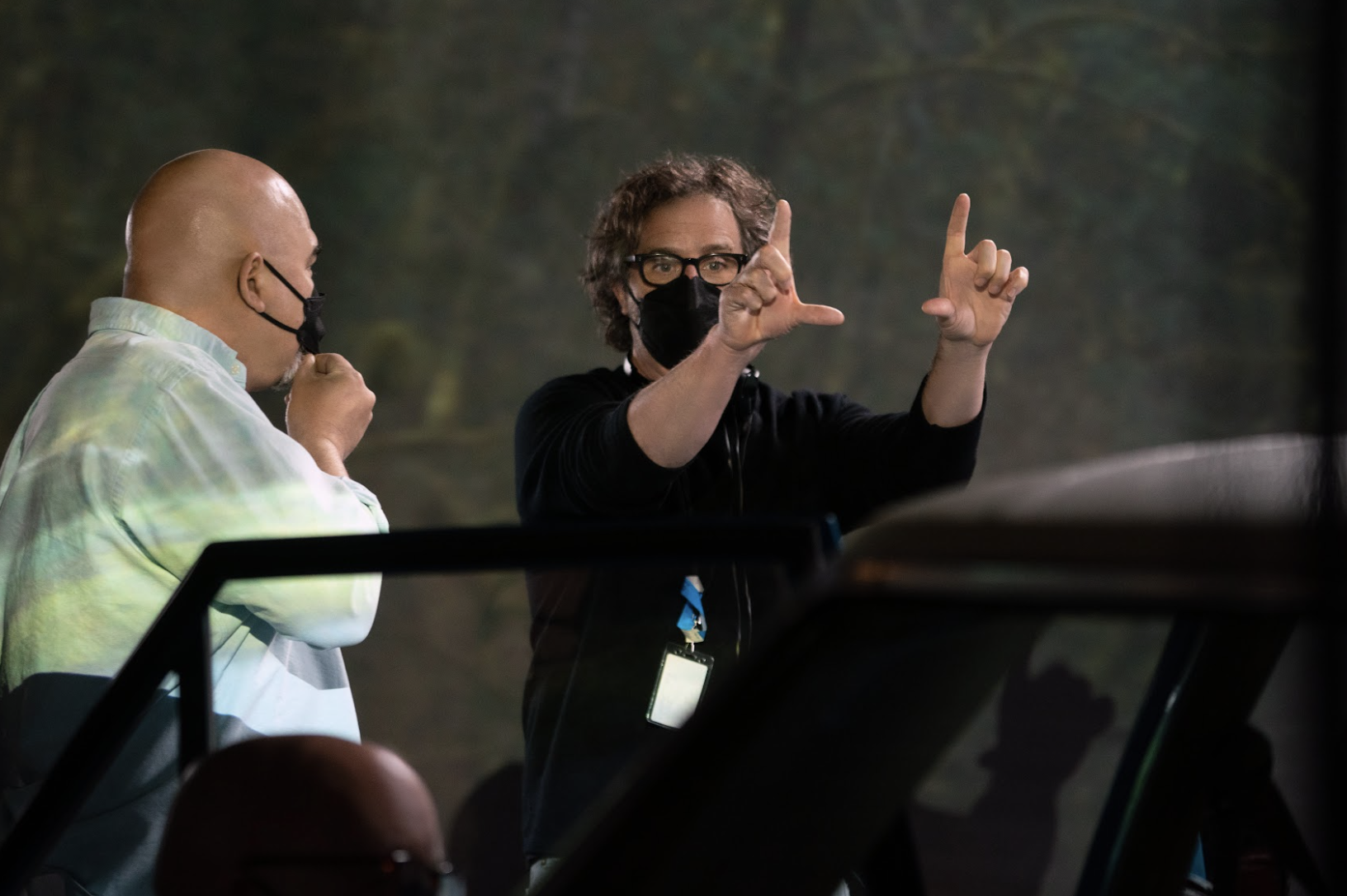
Flashes of a young floppy-haired boy running from bullies, skateboarding through the streets and playing rock music on his electric guitar are among the defining images of 80s cinema.
Legendary actor Michael J. Fox, known for his work on Family Ties and Back To The Future, retired from acting in 2021 due to health complications. But his legacy lives through Still: A Michael J. Fox Movie, directed by Academy Award-Winner Davis Guggenheim.
I sat down with Guggenheim to discuss the film, his process and why Fox was the perfect subject for his newest documentary.
The film chronicles Fox’s life and career from his childhood to his early diagnosis of Parkinson’s Disease at the age of 29. Guggenheim said it was Fox’s optimism and spirit that made him such an intriguing subject for a documentary.
“Going to college is a giant chore. Or you can look at college as one of the coolest things in the world. It's the attitude with which you approach college that is everything,” Guggenheim said. “And I think it's true of life as well. With Parkinson's, [Fox] decides not to let it crush him.”
Guggenheim added that Fox’s journey from high school dropout, to major movie star, to someone grappling with a deadly disease makes him a person many can universally connect with.
Much of the documentary depicts Fox as a young boy who could never be still, an appropriate parallel for an actor who, at the peak of his career, spent his days filming Family Ties while working on the set of Back To The Future until sunrise.
“I think there's a theme in the movie about running, running, running, running,” Guggenheim said. “And I think I connect to that. Especially in this new age of social media and iPhones, I feel like I'm running, running, running, running, running and that this idea of stillness is a rare thing.”
On the topic of stillness, the final moment of the documentary features a now 61-year-old Fox looking into the camera lens in contemplation, finally achieving stillness.
Guggenheim credited his daughter for the decision to keep this shot, explaining she was the one who told him how powerful the image of Fox staring forward in silence would be.
“I think what makes this movie unique is the thinner cut…our traditional archival, shots from his movies that are used differently,” Guggenheim said. “Part of it is capturing the gesture of how he moves…the spirit of how he moves. We were very aware of how each one of those things interacted in a very seamless way.”
Guggenheim cited his love for photography and music as pivotal influences on his directorial career. He also emphasized the many teachers he’s had – including his father Charles Guggenheim, the most honored documentary filmmaker in academy history – as essential to his growth as an artist.
He said he approaches filmmaking with a personal attachment to the material and a passion for the narrative.
“I think any good film has to show the full person,” Guggenheim said. “Every one of us is flawed. Every one of us has a dark side, every one of us struggles. The truth is when people watch a film they actually identify more with people's weaknesses than their strengths. But if someone comes in as vulnerable and admits they're scared or screws up, people connect with that.”
In the film, Guggenheim draws on Fox’s alcoholism and struggles to be present for his family in the midst of overwhelming success and stardom.
When asked about his most impactful conversation with Fox, the director reflected back on the documentary’s metaphor of stillness.
“[Fox] says that, for a long time, he's running towards something,” Guggenheim said. “And then he ended up running away from something. He's running towards fame and success, and then he was running away from Parkinson's. Then he's running towards something again, which is trying to find that stillness in life.”